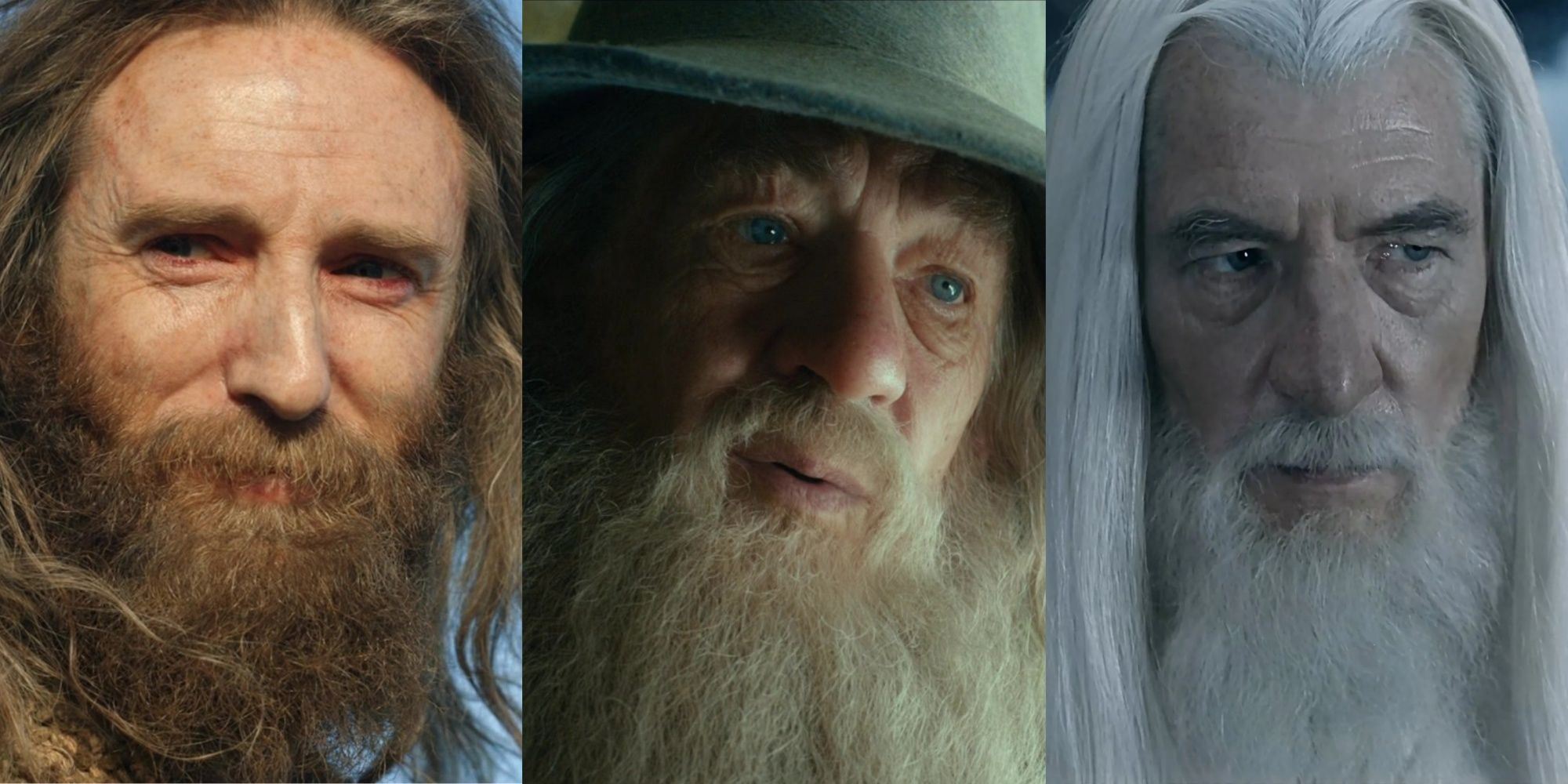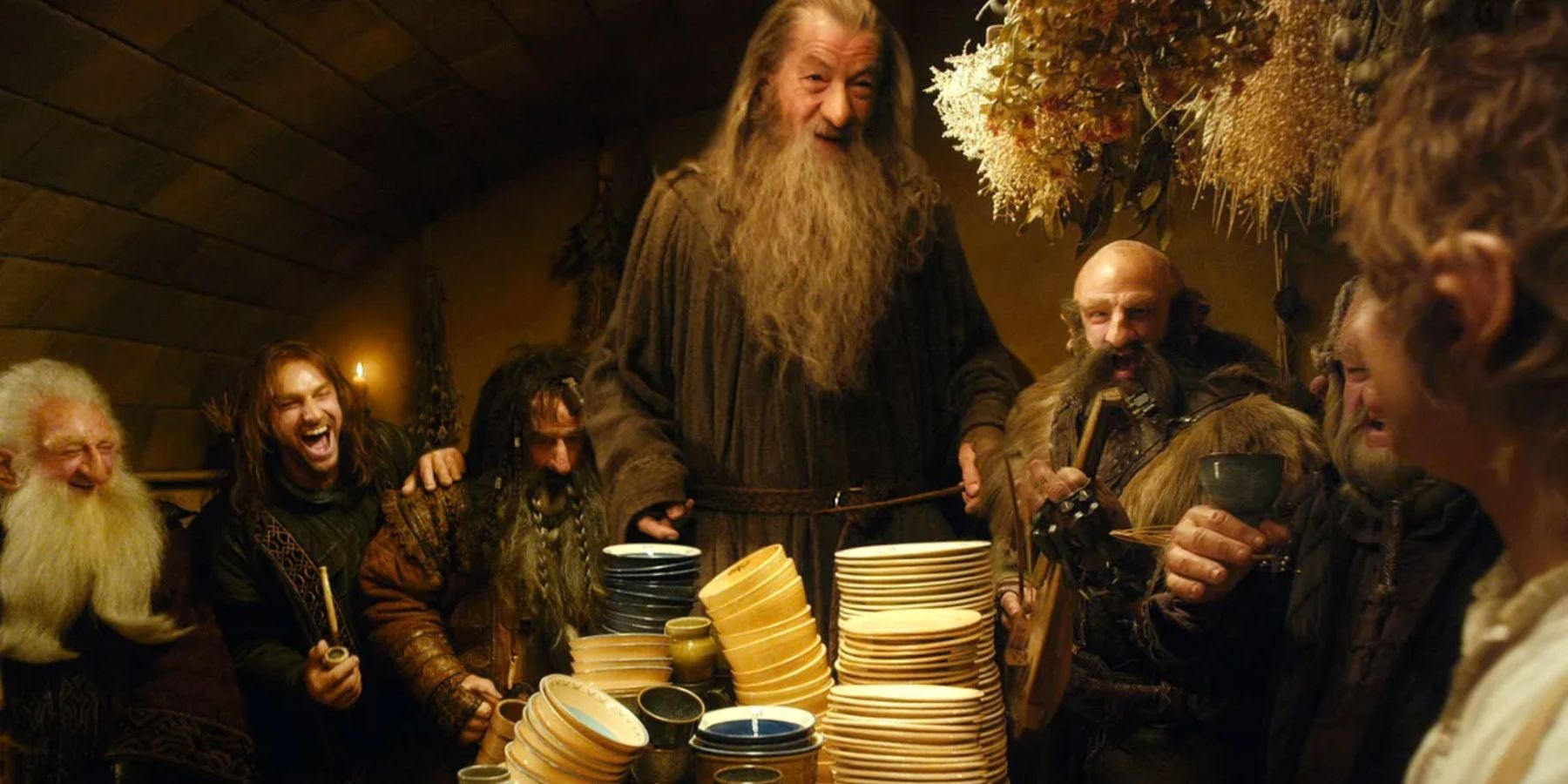Quick Links
When most fantasy fans think of a wizard, they picture an old man in a long, flowing robe and a pointed hat. In other words, they think of Gandalf from The Lord of the Rings. Gandalf is not only the best-known wizard in all of Middle-earth, but also the most famous wizard in English literature. If there were a fight between Gandalf and Harry Potter’s Dumbledore, it’s almost no contest.
Lovers of The Lord of the Rings know how Gandalf the Grey became known as Gandalf the White. But what about his other names? In the books and the movies, people can be heard calling him Mithrandir, Gandalf Stormcrow, Greyhame, and others. What do these names mean, and just how many names does Gandalf have? Here’s a guide to help navigate all the famous wizard’s noms de guerre.
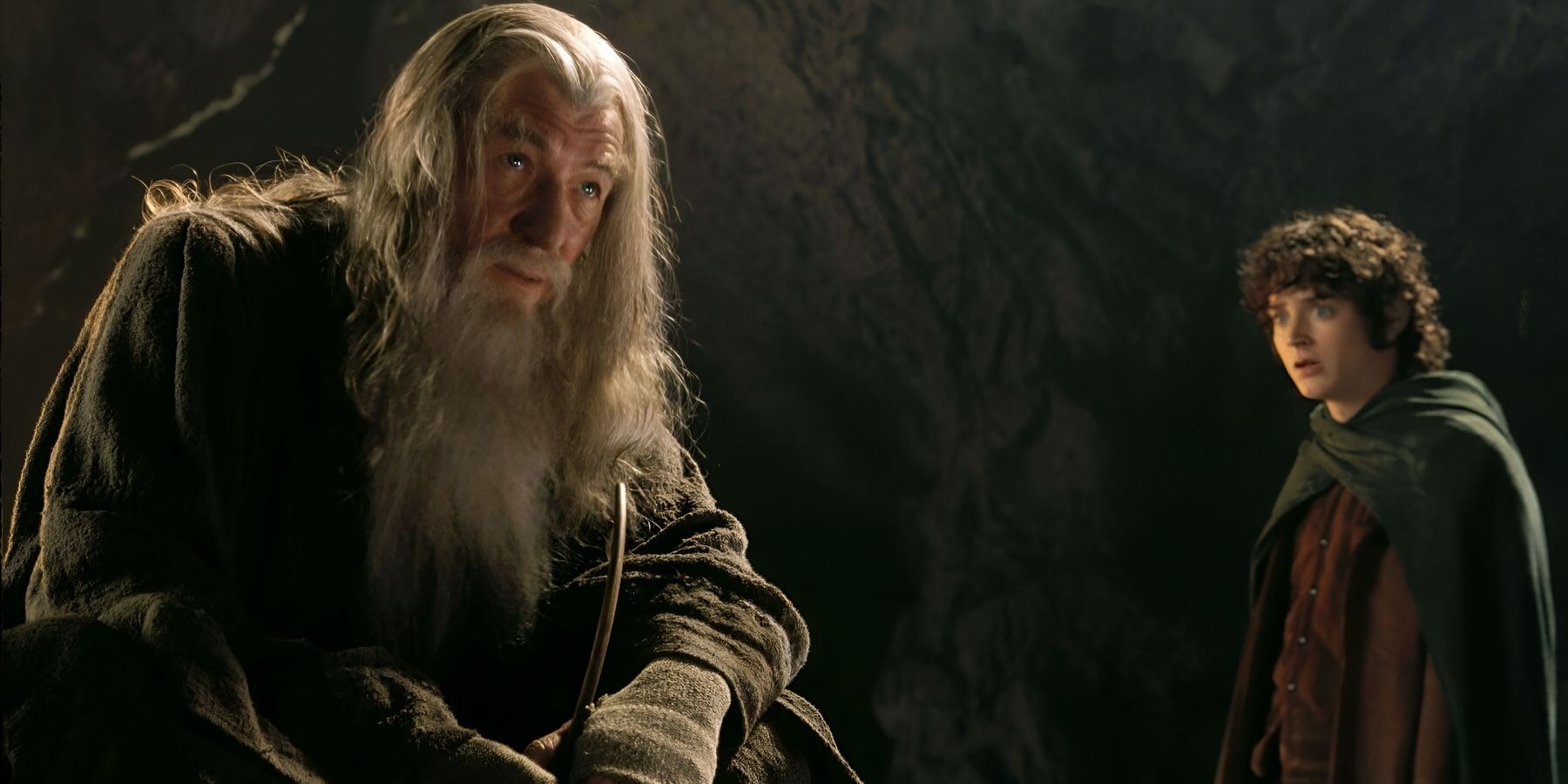
LOTR: Did Gandalf Know About The Fall Of Moria?
In The Fellowship of the Ring, Gandalf is clear that he doesn't want to travel through Moria. Is this because he knows the mines have fallen?
Olórin
Before he was known as the wizard Gandalf, he was known as the Maia, Olórin. After the creation of Eä and the planet Arda, Olórin went with the other Ainur to help shape the planet. Olórin lived in Lórien for many years after the creation of Arda. He studied under the Queen of Valar, Nienna, who taught him compassion and patience. Olórin then served under her along with the other Valar - King Manwë, Queen Varda, and Irmo. Olórin learned how to wield the magic of fire and light from Varda, and how to influence dreams and visions from Irmo.
Christopher Tolkien’s “Unfinished Tales” explains the etymology of Olórin, stating that “olor” in high-elven means “dream.” However, in this case, “dream” actually refers to an idea or a vision made manifest. It’s interesting to note that Olórin never used this name during his time in Valinor or Middle-earth, though, which makes its Elven origins a bit sketchy.
Mithrandir
When the first Elves awoke in Cuiviénen, Olórin was sent to protect them as one of the Five Guardians. The other four Maiar chosen were Aiwendil, Tarindor, Palacendo, and Haimenar. Their names are better known as Radaghast, Saruman, and the two Blue Wizards. Olórin wandered among the Elves for many years, though he mainly stayed out of sight, or occasionally took on the form of an Elf. Over time, Olórin came to care for the Elves, and he would send them dreams and visions that would make them wiser.
When Sauron cast a shadow over Middle-earth with the creation of the One Ring, Olórin was chosen by the Valar Manwë to become one of the Istari. Their purpose was to aid the Children of Ilúvatar (Elves and Men) against the threat of Sauron. When he first came to Middle-earth at the start of the Third Age, Olórin arrived in the Grey Havens in the Elven realm of Lindon. He took on the physical appearance of an old man wearing a gray robe, and was greeted by Glorfindel and Círdan. He soon became known to the elves as Mithrandir, which means “grey pilgrim” or “grey wanderer” in Sindarin.
Tharkun
Tharkûn is the name given to Gandalf by the Dwarves of Middle-earth. It means “staff man,” in the Dwarf language of Khuzdul. Unlike the Elves, the Dwarves were not poetic wordsmiths, and simply chose the name for the Istari because he carried a staff with him everywhere.
Interestingly enough, none of the Dwarves in Tolkien’s “The Hobbit” or “The Lord of the Rings” ever called Gandalf by his Dwarven name. This could be for a couple of reasons; firstly, they did not want to cause any confusion among non-dwarves who were present. Secondly, the Khuzdul language is a secret among the Dwarves, and they often would only speak it among their own kind. Even when they did teach some Khuzdul words to their closest non-Dwarf friends, they were almost impossible to pronounce.
According to “The Peoples of Middle-earth,” every Dwarf had two names. One they used with outsiders, while the other was their Khuzdul name, which they called their “inner” name. These names were kept so secret that they would not even be placed on their gravestone after a Dwarf had died. The Khuzdul language was so complex that the Dwarves adopted the use of runes to simplify their writing.
Gandalf's Nicknames Were Not Very Respectful
In “The Lord of the Rings: The Two Towers” novel, Gandalf states: “Many are my names in many countries.” We’ve covered three of those names so far, but what about the others? Well, believe it or not, not everyone in Middle-earth saw Gandalf as a faithful friend and ally. Those folks had some choice names for the wizard, and they were not the most flattering.
When Gandalf talks about his different names, he mentions that he is called Incánus in the Southern part of Middle-earth. Though the book does not specify, he is probably speaking about the Haradrim, who were sworn enemies of Gondor. In the Harad language, Incánus meant “North spy.” Another possible translation is “mind-ruler,” which may suggest that the Haradrim were accusing Gandalf of being a manipulator.
When Gandalf went to Edoras in “The Two Towers,” Grima Wormtongue called him Láthspell, which means “ill news.” King Theoden also called him Gandalf Stormcrow. In both cases, the men were accusing Gandalf of being a harbinger of doom who is always followed by trouble. The Rohirrim also sometimes referred to Gandalf as Greyhame, which means “grey cloak.”
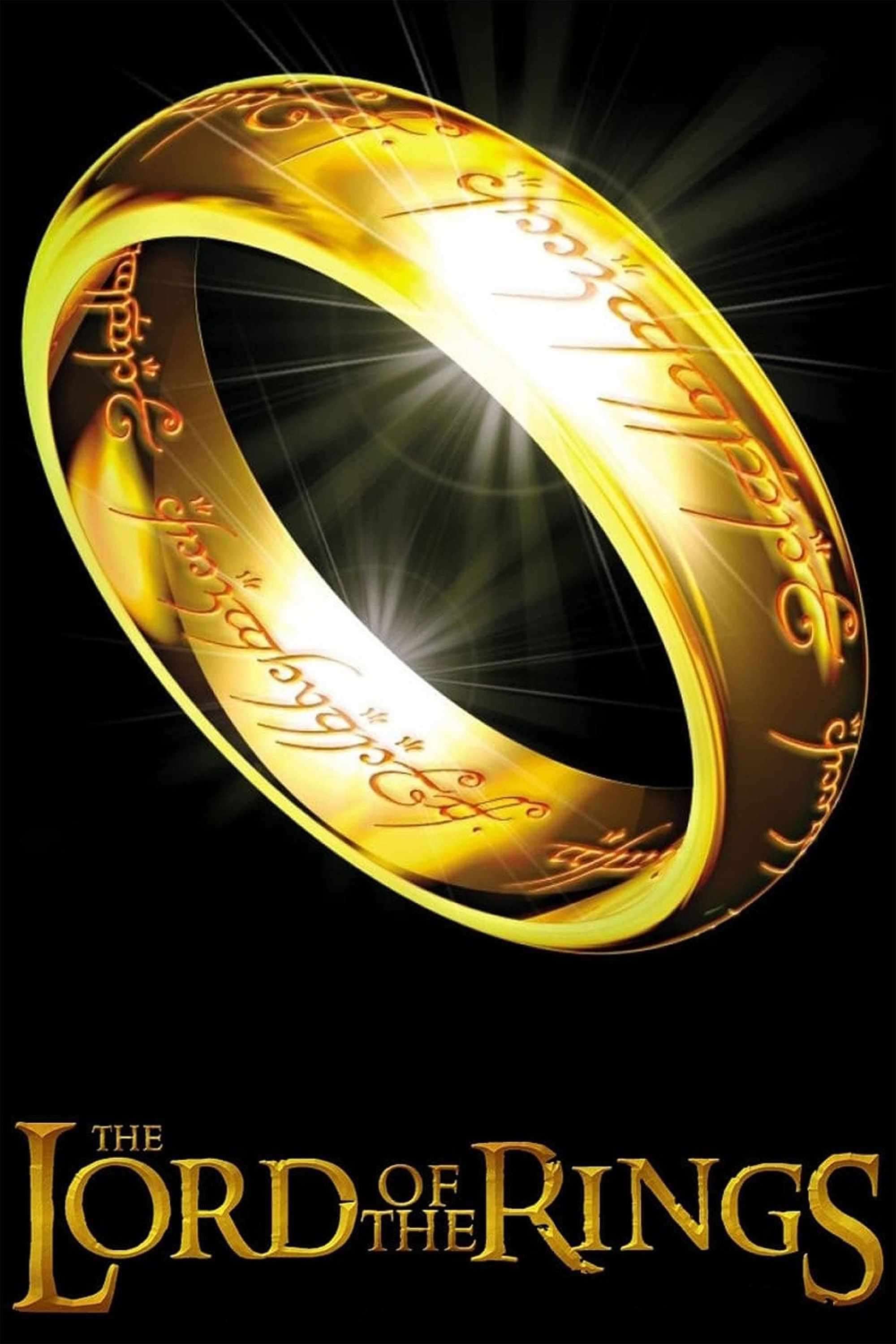
The Lord of the Rings
The Lord of the Rings is one of the most iconic names in entertainment. The franchise started with novels from J. R. R. Tolkien before being adapted onto the big screen by Peter Jackson in one of the most critically-acclaimed film trilogies of all time. There have also been numerous The Lord of the Rings video games of varying quality.
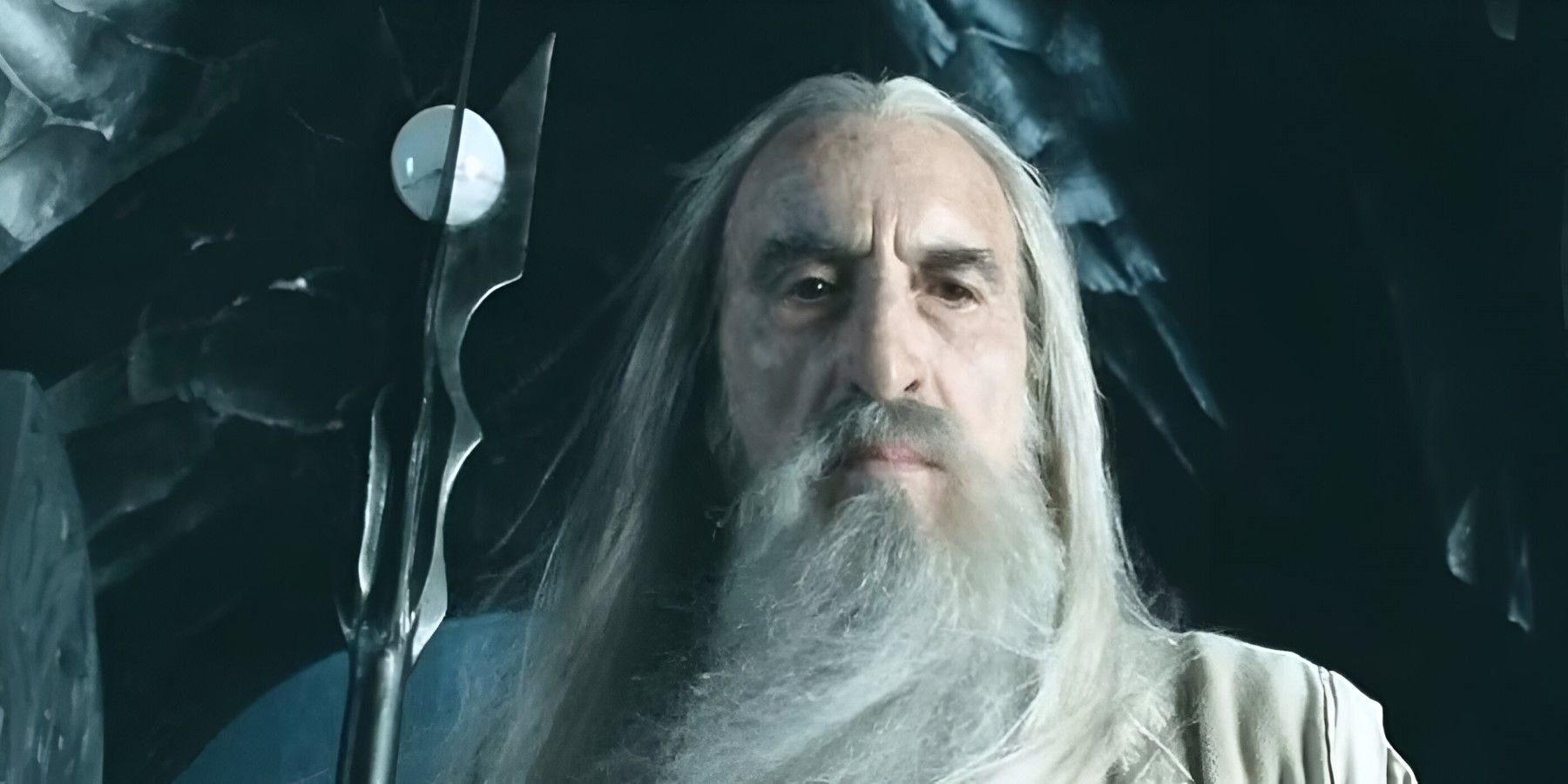
LOTR: Why Didn't Saruman Defeat The Ents?
In The Two Towers, Saruman ignores the Ents, which leads to the end of Isengard and his power. Why didn’t he defeat them when he had the chance?


